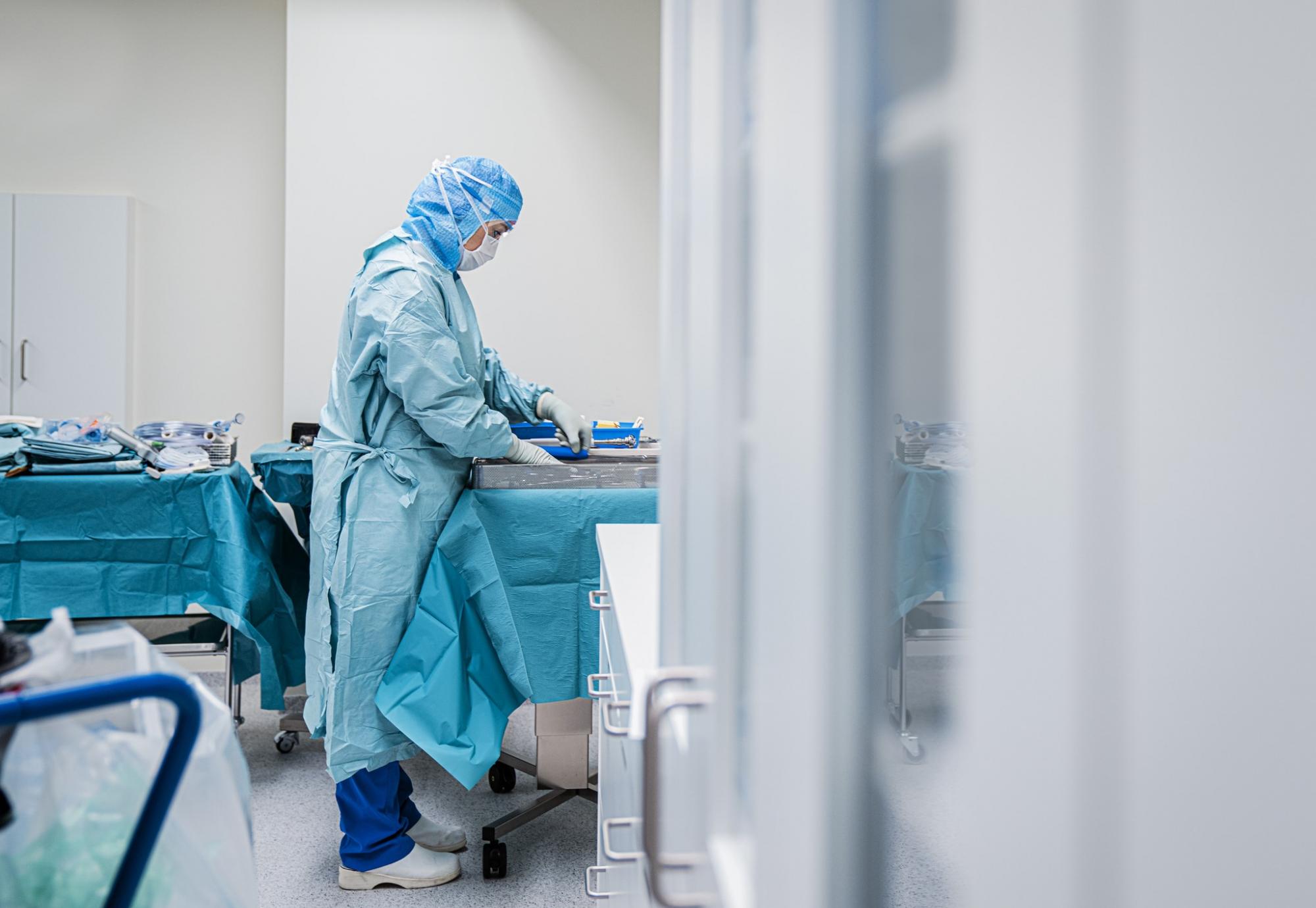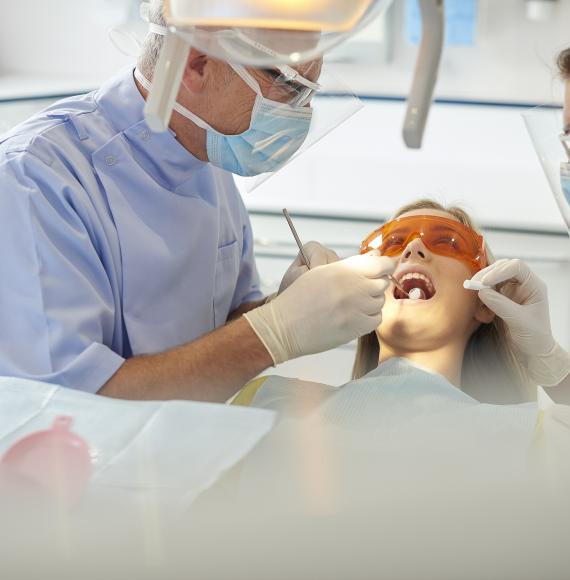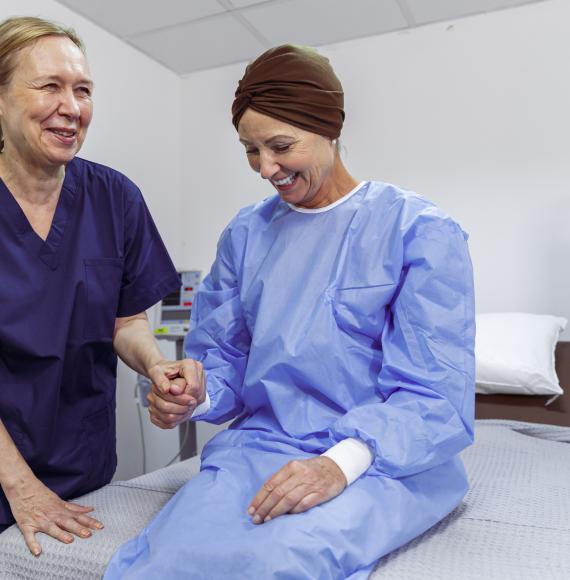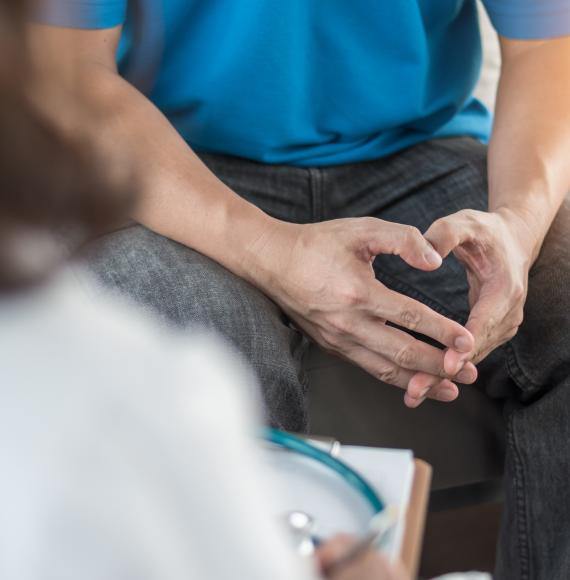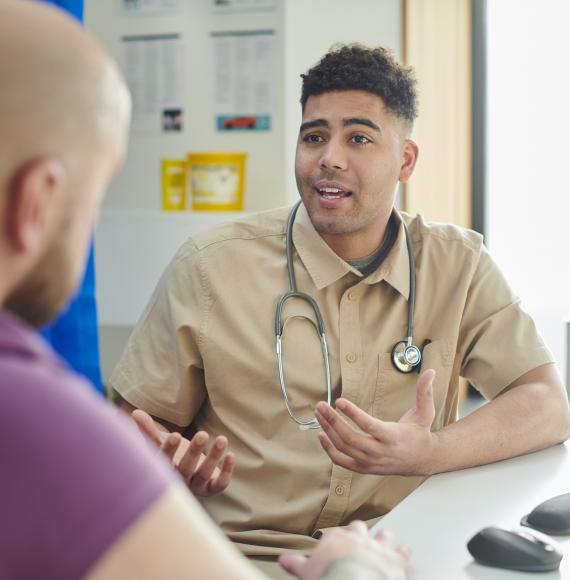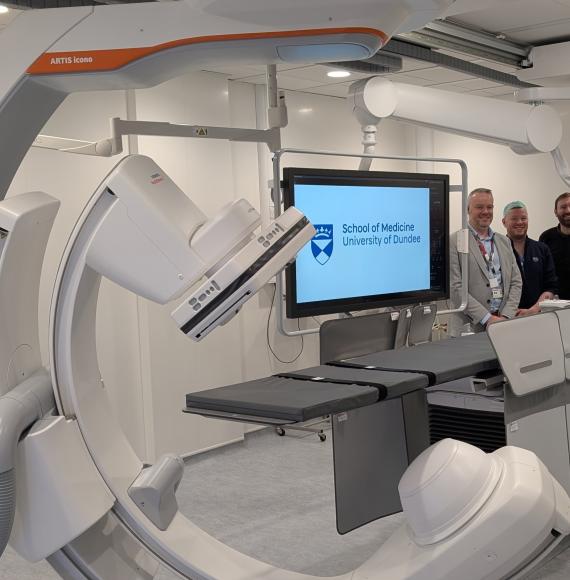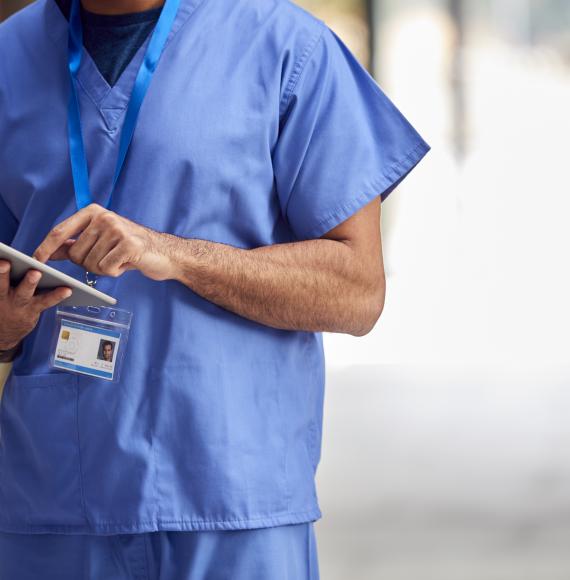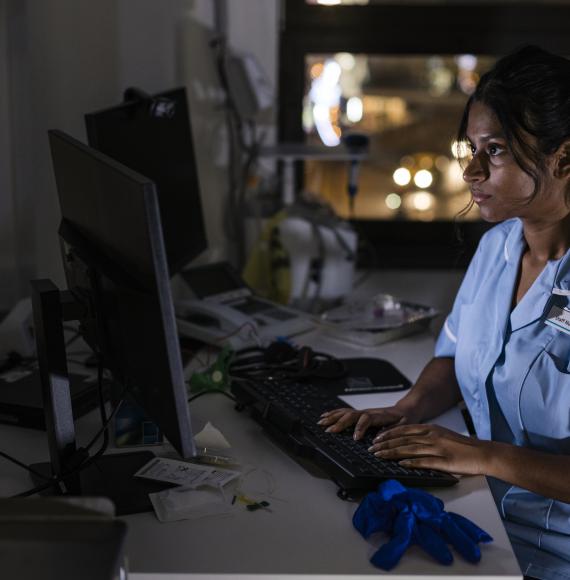A potential peak in Covid-19 cases, paired with the usual surge in health service demand over the winter months, means patient equipment could quickly become a finite resource.
This crucial medical equipment – including IV drips and pumps, beds and trolleys, and specialist equipment such as theatre tables – is relied on to administer care. Yet, without being effectively and routinely cleaned, it can become contaminated by bodily fluids and infectious agents.
Shared between patients, contaminated equipment quickly becomes a key vector for the spread of dangerous microorganisms including c.difficile, MRSA, VRE and SARS-CoV-2. For vulnerable and immunocompromised patients in particular, exposure to these pathogens can have devastating effects.
Quick and effective decontamination of shared patient equipment is therefore essential to limit the spread of harmful disease between vulnerable patients and build capacity on wards over the winter months.
While manual cleaning is an essential part of preparing shared patient equipment for its next use, it is not sufficient to achieve safe, non-infective levels of pathogens on its own. This is because unintentional but unavoidable human error can leave traces of bacteria and viruses behind.
Decontamination technology, including hydrogen peroxide vapour (HPV) and ultraviolet-C light (UV-C) is used by hundreds of hospitals in the UK to reduce pathogens on patient wards and bed bays, and in operating theatres.
Able to remove up to 99.999% of microorganisms, HPV and UV-C decontamination systems by Inivos offer effective decontamination of patient equipment with clear validation for each cleaning cycle. Inivos now offers both these technologies as part of its dedicated Patient Equipment Decontamination Service.
Available 24 hours a day, 365 days a year, the service by Inivos offers assurance that pathogens have been reduced to a safe, non-infective level through its >log6 reduction and independently validated end-of-cycle reports.
As all elements of the process are managed by the technical team at Inivos, hospital staff can simply identify the patient equipment requiring decontamination before returning to their usual clinical duties.
Before the decontamination cycle, the Inivos technician carries out all pre-process safety and preparation checks, including sealing access points in the decontamination area and compartmentalising the room if required. Where appropriate, fire alarm systems and vents are also sealed and isolated.
During decontamination, Inivos technicians use Ultra-V ultraviolet-C light rays and ProXcide hydrogen peroxide vapour to achieve >log6 reduction of pathogenic microorganisms. Both technologies work by breaking down the outer wall of pathogens before destroying the genetic material within.
At the end of the process, decontaminated equipment is returned alongside validation reports confirming each cycle has been successful.
Performed by an established and trusted name in infection prevention and control, the Patient Equipment Decontamination service by Inivos offers second-to-none expertise combined with best-in-class technology.
Inivos is known for its innovative decontamination technology, including both hydrogen peroxide vapour (HPV) and ultraviolet-C light (UV-C) devices, which it provides to 41% of NHS Trusts regularly.
The company also offers a wide array of infection prevention and control services, including: Whole Room Decontamination; Deep Cleaning; Emergency Vehicle Decontamination and Deep Cleaning; Water Testing and Treatment; Air Quality Monitoring; Filter Testing and Replacement; Duct, Vent and Extract Cleaning and PPE Decontamination and Fit Testing.
For more information on Patient Equipment Decontamination or any other infection prevention and control service, please visit: www.inivos.com

